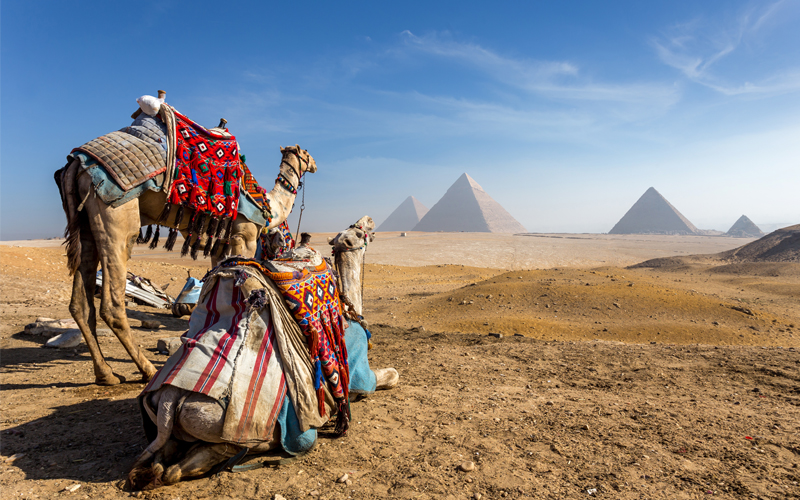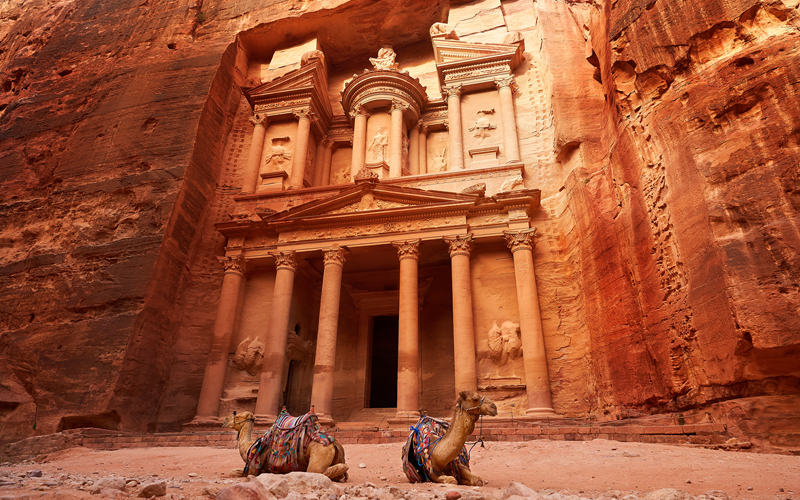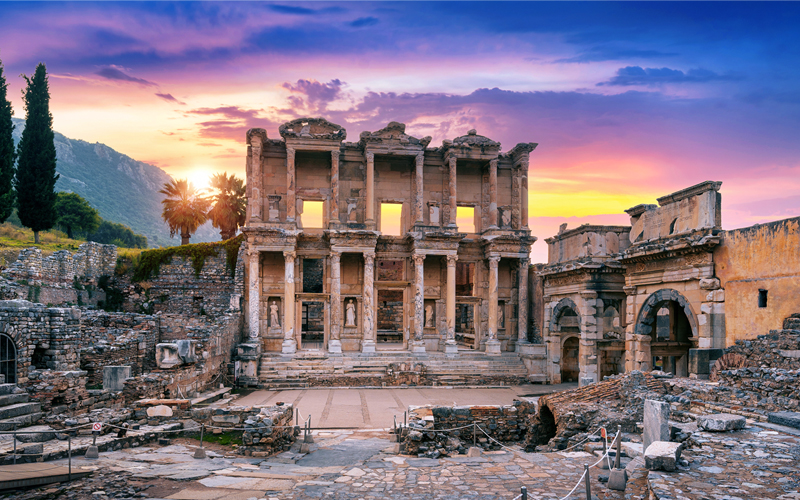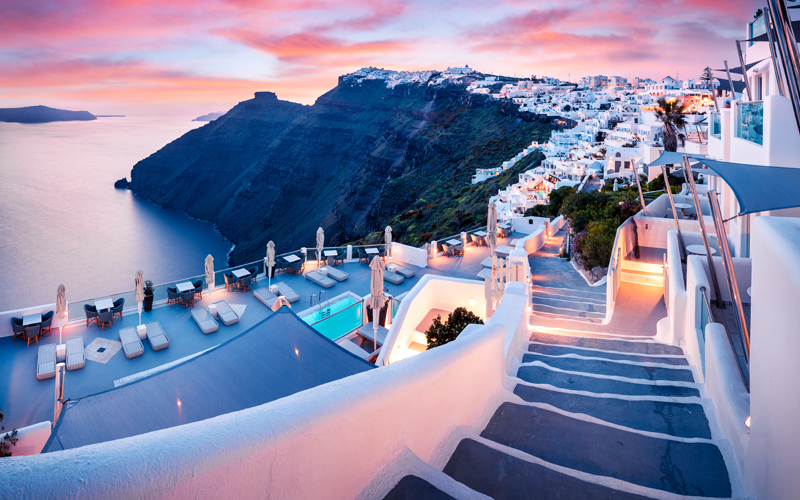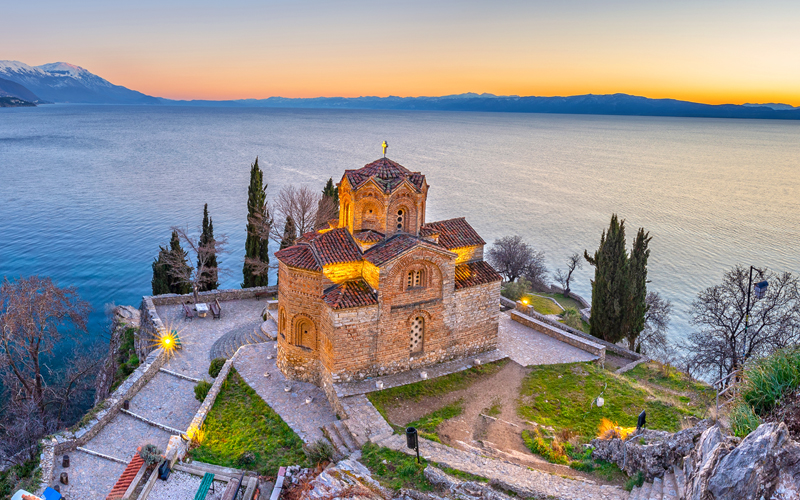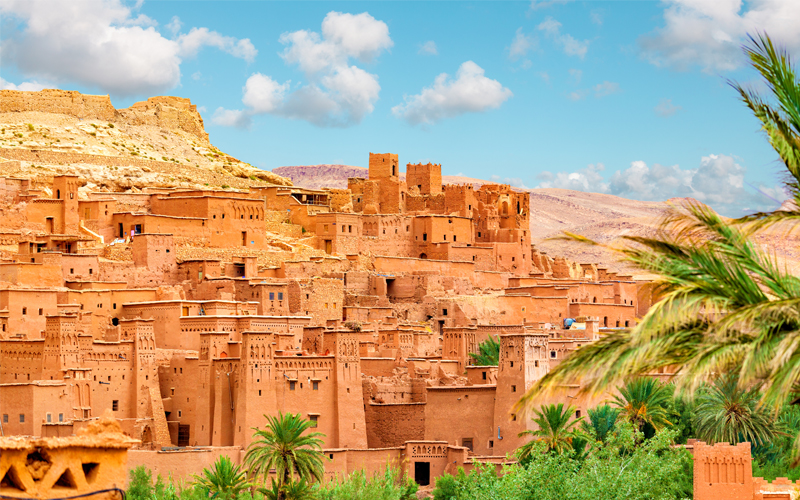Belgrade, which means the “White City” is the capital and largest city of Serbia. It is located where the Danube River meets the Sava River and where the Pannonain Plain meets the Balkans. It’s a city where worlds collide, where prehistoric history fuses with medieval times, which again merge with the contemporary age. Evolving from its ruthless past and the collapse of communism, Belgrade is now becoming one of the foremost travel centres in south-eastern Europe. With rich culture, a buzzing nightlife and an easy-going Mediterranean pace, it’s not hard to see why.
Here are 12 fascinating facts about Belgrade.
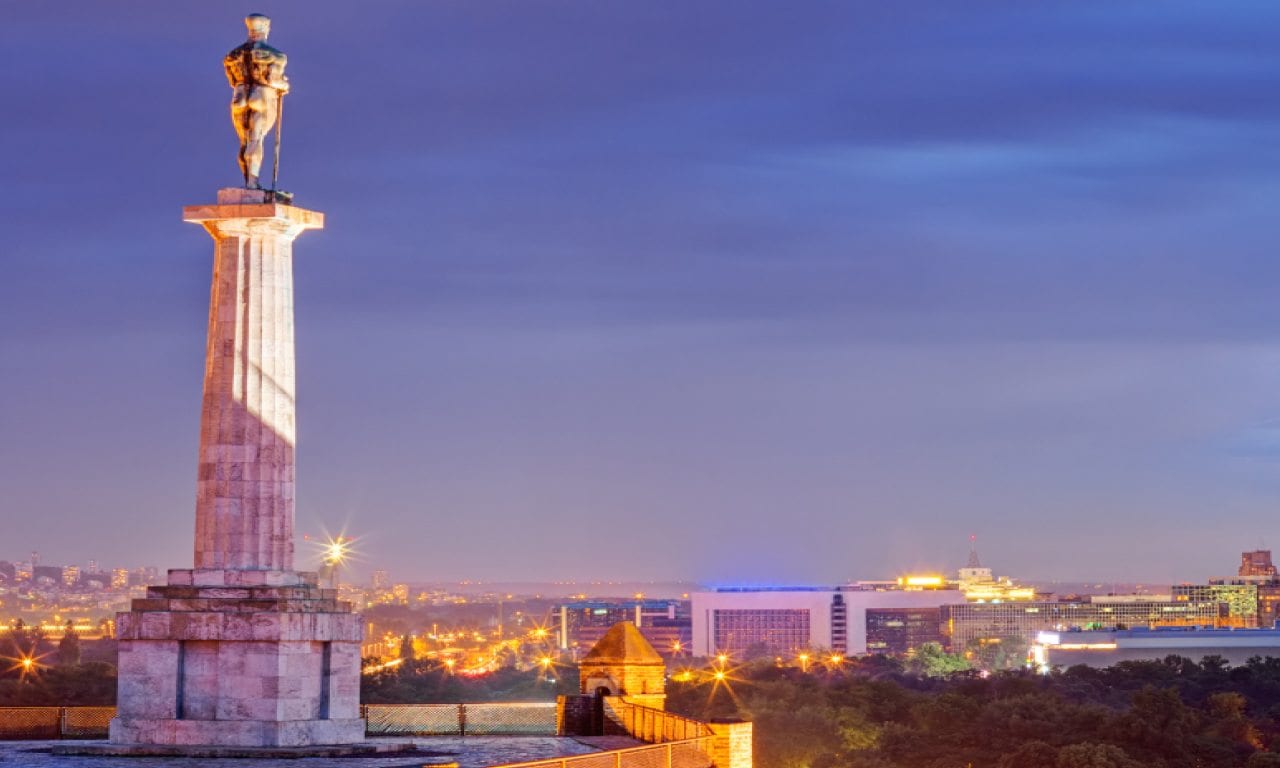
- Belgrade rests on the relics of a prehistoric city. In Belgrade’s old town there are plenty of remnants from the Roman period. The first urban settlement was built in the 3rd century BC by the Celts.
- It’s one of the oldest metropolises in Europe, with settlements unceasingly remaining here for at least 7000 years.
- A lot of the architecture in Belgrade occurred in the period after World War II however, you can also find Ottoman styled housing, neoclassicism, baroque and Art Nauveau.
- There is an area of the city called Strahinjića Bana Street, aka. Silicon Valley. It has nothing to do with technology, it in fact is a term that the locals use for an area of the city where all of the bars, clubs and restaurants are located. Silicon also refers to the plastic surgery and glammed up women who like to party there.
- There are literally more than 100 caves, canals, tunnels and passages below the surface of Belgrade. They each tell the story of its linking to numerous empires and states that reigned there over the ages.
- Belgrade Fortress and the statue of Victor are renowned landmarks of the city.
- The first “kafana” (coffee house) in Europe was opened in Belgrade in the 16th This was long before it happened in London, Paris and Vienna.
- The Church of Saint Sava is one of the most recognisable symbols in Belgrade. With it reaching a height of 70 metres in total. It is one of the largest Orthodox churches in the world. It also ranks among the largest church buildings in the world.
- Belgrade has been through the wars, literally. It has been fought over in 115 wars and got the nickname, the White Fenix as it has been destroyed and rebuilt more that 44 times during its history.
- Due to its tactical location at the meeting of the 2 rivers, the city has found itself at the junction of Western and Oriental Europe. It has been conquered by the Celts, Romans, Goths, Huns, Ottomans, and then fought over by the Ottoman and Austro-Hungarian Empires.
- Belgrade was bombed a few times in the 20th century. Both in World War I and War War 11 and once again by NATO in 1999. There are still ruins of the NATO bombings in the city today to show as a reminder of what happened.
- Belgrade was the capital of Yugoslavia from its commencement as a kingdom in 1918, throughout the post-World War II socialist era, right up until Serbia was the last man standing in 2006.
So, you’re interested in visiting Belgrade? New for 2018, Travel Talk is offering tours to the Balkans, which range from 4-days to 23-days. You can find out more about these tours here.
